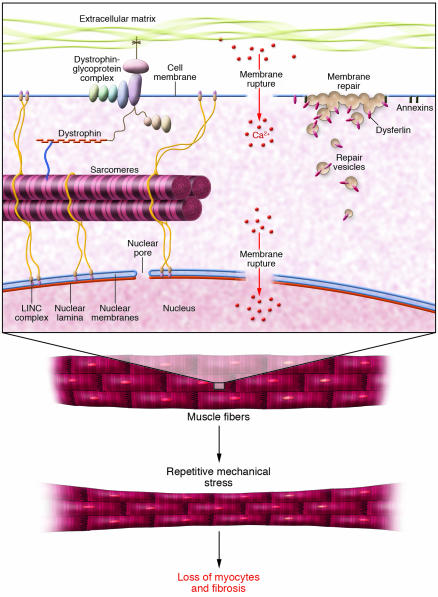Figure 1. Repetitive mechanical strain causes rupture in the plasma membrane under physiological conditions.
Mutations that predispose cells to membrane damage or impair the normal repair process cause accumulation of necrotic cells in mechanically active tissue, resulting in muscular dystrophies and cardiomyopathies. Mutations in the nuclear envelope proteins lamin A/C or emerin can decrease the stability of the nuclear lamina and result in nuclear envelope rupture, causing similar muscular dystrophies and cardiomyopathies. In this issue of the JCI, Han et al. (11) report that dysferlin is required for stress-induced membrane repair in cardiomyocytes. While the precise membrane-repair mechanism remains unclear, it is thought that dysferlin-carrying repair vesicles are recruited to the rupture site and fuse with the plasma membrane through interaction with annexins, other dysferlins, and other unknown binding partners (27). LINC, linker of nucleoskeleton and cytoskeleton. Figure adapted with permission from the New England Journal of Medicine (28).

